13 Everyday Produce Items You Must Peel or Avoid
Fresh fruits and vegetables are central to a healthy plate, but not all produce is the same when it comes to surface residues and post‑harvest treatments. The Environmental Working Group’s testing and USDA sampling show that certain items tend to carry more detectable pesticide residues or receive wax coatings that can trap residues on the skin (EWG 2025; USDA). This guide focuses on realistic choices: which everyday items are worth peeling, when to choose organic, and simple, low-effort prep methods that reduce exposure while keeping the nutrition you need. It's geared toward practical, budget-conscious decisions—especially helpful for older adults who want the most nutrition per dollar and the least fuss in the kitchen. For many items, a quick rinse helps, while other produce gives a higher "return on peeling" because residues concentrate on the surface or because wax coatings can hold onto chemicals. Where possible I point to alternatives—such as buying organic selectively, trimming outer leaves, or using a blanch‑and‑peel trick that loosens skins without heavy waste. Small steps add up: selective peeling and smarter shopping let you keep most produce benefits while lowering avoidable exposure. Below you'll find 13 common items with clear guidance, gentle how‑to tips, and cost-aware choices so you can eat well without unnecessary worry (EWG 2025; Everyday Health 2025).
1. Strawberries — Consider peeling alternatives: buy organic or rinse carefully

Rinse thoroughly or buy organic when possible. Strawberries are small, soft, and often topped the EWG lists for detectable residues. Because they have a delicate surface, scrubbing with a brush isn’t practical without damaging the fruit, so many people prefer to choose organic berries when budget allows. A simple rinse under cool running water removes dirt and some surface residues; for extra peace of mind soak berries briefly in a bowl of water with a splash of white vinegar, then drain and rinse well to remove any residual taste. For older adults balancing cost and nutrition, buy conventional strawberries when on sale and use rinsing methods, or buy smaller organic packs and split them across meals to avoid waste. Store berries on a paper towel–lined tray in the fridge and check daily to remove soft ones; this reduces spoilage and keeps your investment from going bad. If you can, freeze a portion of good-quality berries to preserve nutrition and stretch your food budget.
2. Spinach — Peel is impossible; wash and trim thoroughly
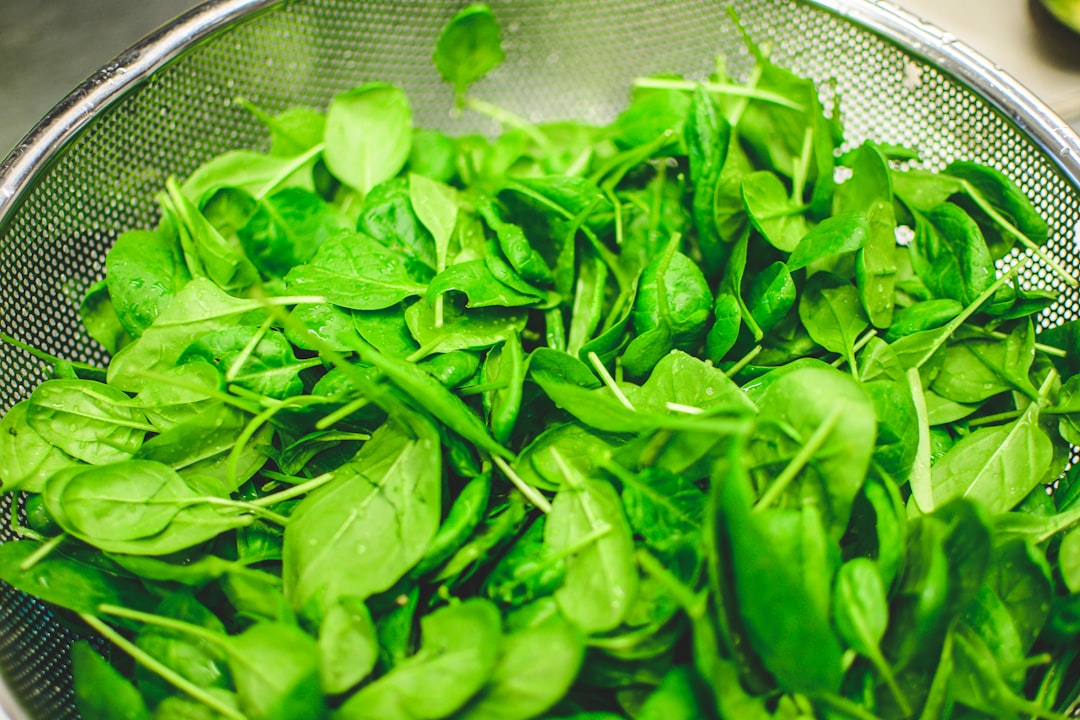
Wash thoroughly; opt for organic if you eat spinach frequently. Leafy greens like spinach often show higher surface residues in testing, and they also trap dirt in the folds and stems. Fill a large bowl with cool water, submerge the leaves, and gently swish to dislodge soil and residues; repeat with fresh water until clear, then spin or pat dry to keep salad texture crisp. For older adults who prefer convenience, pre‑washed greens are helpful but check labels carefully and use within their freshness window to avoid waste. When preparing, tear leaves rather than cutting to reduce bruising and preserve nutrients, which keeps the greens more satisfying. If spinach is heavily soiled, trim damaged outer leaves before washing; this both improves cleanliness and reduces the need to overwash tender inner bits. Buying smaller amounts and using them quickly can reduce waste and maintain a steady supply of nutrient-dense greens in your routine.
3. Kale & Collards — Remove outer leaves and wash well

Trim outer leaves and wash thoroughly; consider organic for regular consumption. Kale and collard greens are sturdy and often rank among leafy vegetables with surface residues according to surveys (EWG 2025). Their thick leaves can hide grit and residues in the ribs and folds, so remove the outermost leaves if they're damaged or dirty. To clean, stack a few leaves, roll them, slice into ribbons, and soak in a large bowl of cool water; agitate gently so trapped particles sink to the bottom and then lift the greens out. This technique reduces the need for harsh scrubbing while keeping most nutrients intact. For older adults with limited time, pre-chopping and storing portions in the fridge after washing can save preparation time later in the week. When cooking, quick steaming or sautéing preserves flavor and makes leaves easier to eat without losing much of the nutritional value.
4. Nectarines — Peel when you want to reduce exposure
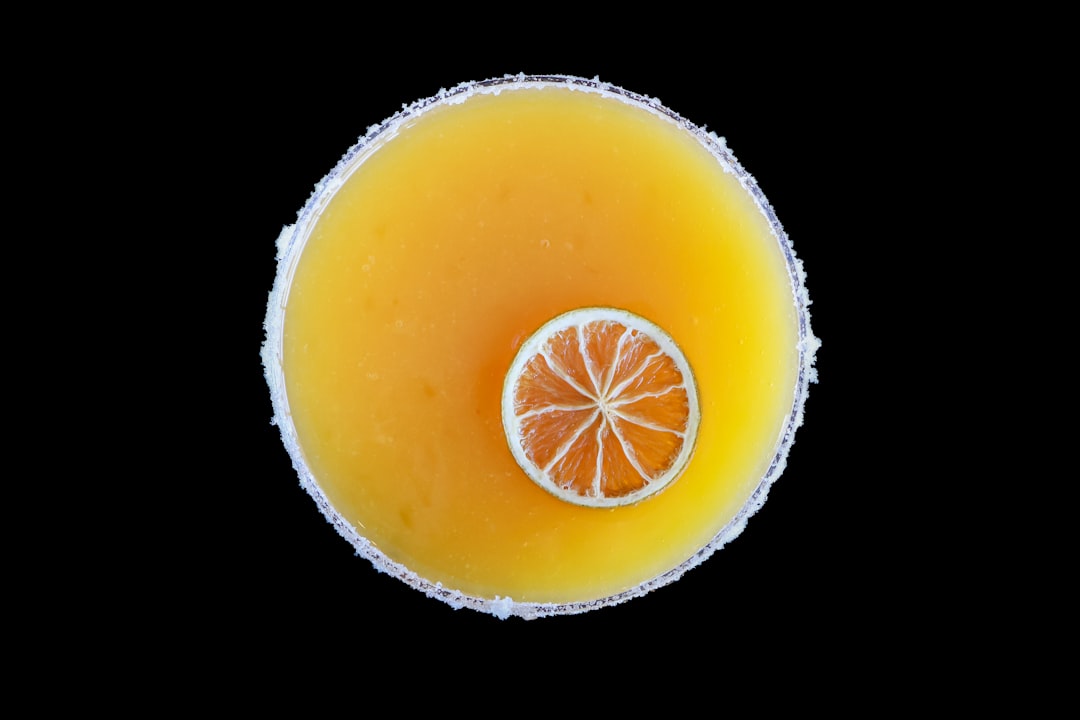
Peel to remove surface residues and wax; buy organic if peeling feels wasteful. Nectarines have thin, often residue-prone skin that can hold onto pesticides and waxes applied after harvest. Peeling is a straightforward way to lower exposure, and the fruit inside remains juicy and nutritious after removing the outer layer. If you dislike wasting the peel, try a hot-water blanch: dip the fruit in boiling water for about 20–30 seconds, then cool in ice water so the skin slips off easily—this minimizes waste and keeps the flesh intact. For older adults mindful of kitchen effort, a paring knife gently removes the skin in a few targeted strokes without needing a full blanching step. Store unpeeled nectarines at room temperature until ripe, then refrigerate to preserve freshness and reduce spoilage after peeling.
5. Apples — Peel when concerned about residues or wax coatings
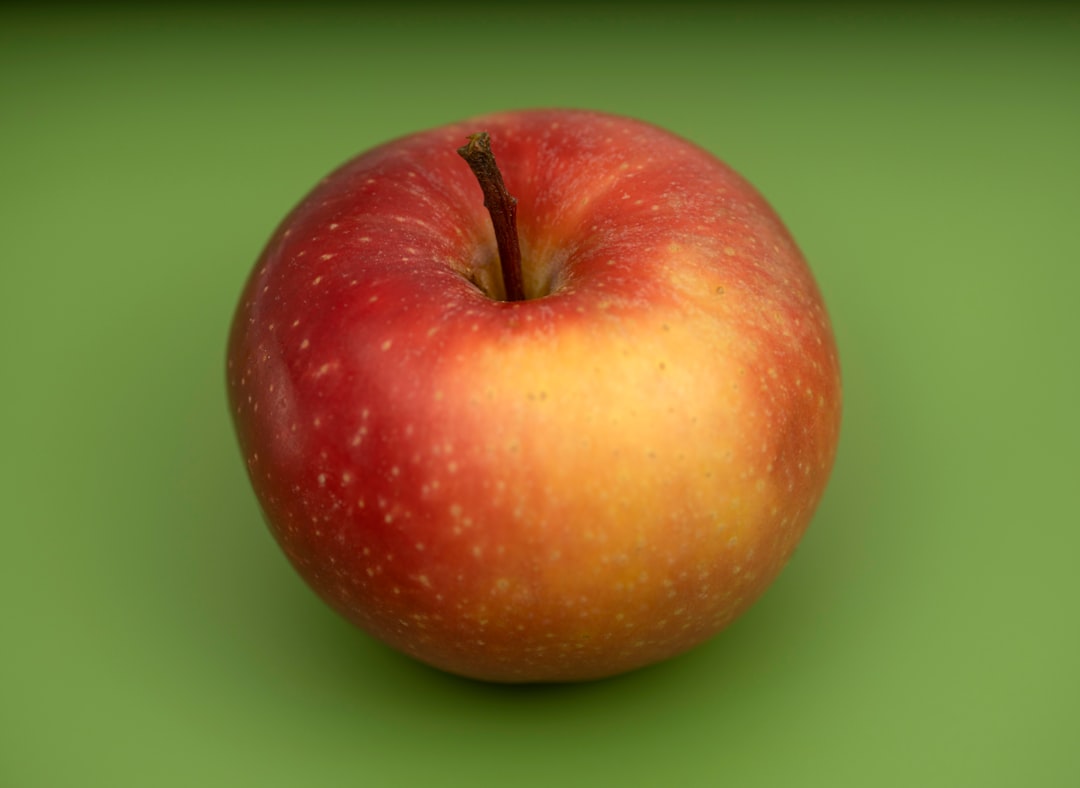
Peel to remove wax and surface residues; otherwise wash vigorously. Apples are commonly waxed to improve shelf life and shine, and testing has found measurable residues on many samples. A firm scrub under running water with a produce brush helps remove some residues and soft wax, but peeling removes most surface materials altogether. If you choose to peel, keep the peel for cooking—many recipes welcome the extra fiber and flavor—or compost peels when possible to avoid waste. For older adults on a budget, a practical compromise is to buy conventional apples, scrub them well, and peel only when eating them raw and whole. Store apples in the crisper drawer away from strong-smelling foods; this preserves texture and helps them last longer, stretching your grocery spend.
6. Grapes — Buy organic or rinse with care
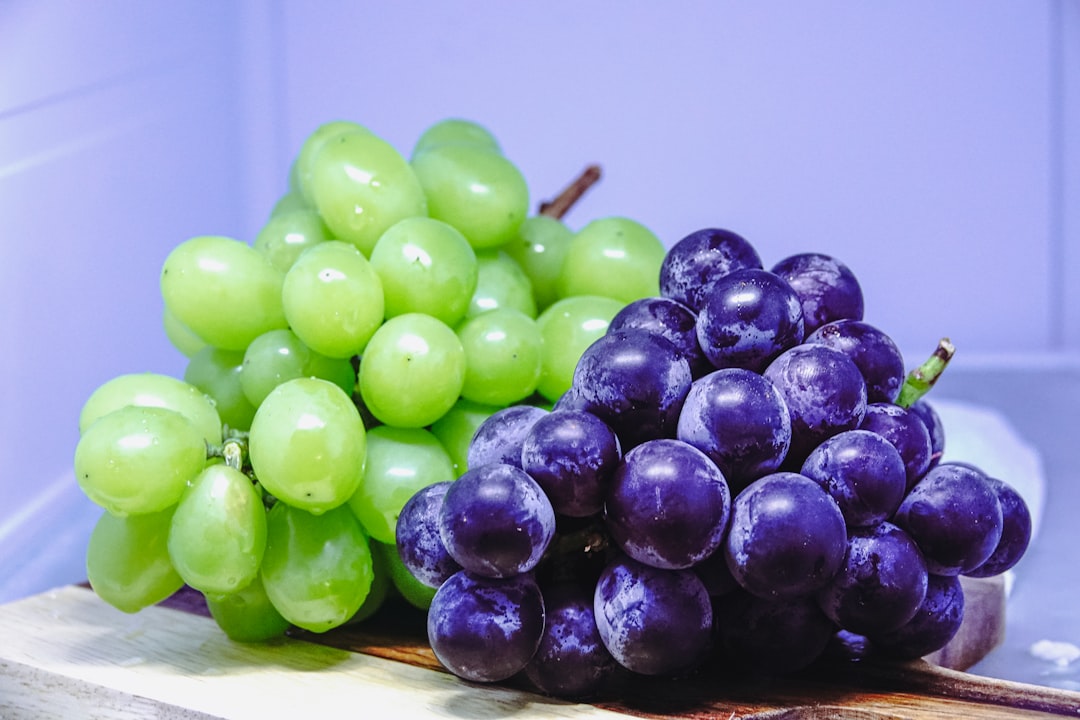
Prefer organic if you eat grapes often; otherwise rinse thoroughly. Grapes are small and have thin skins that testing often flags for residues, so removing surface contaminants by rinsing is a must Because peeling is impractical, choosing organic packs when grapes are a frequent snack is a sensible option for those who can manage the extra cost. A practical rinse technique uses a colander under cool running water while rubbing clusters gently to detach residues and debris. For older adults watching the budget, buy conventional grapes when on sale and plan to rinse immediately before eating to preserve fruit quality. Freeze surplus grapes for quick, slushy snacks or to add to smoothies; frozen grapes stay nutritious and offer a different texture that many older adults find refreshing and hydrating.
7. Peaches — Peel for lower exposure and smoother texture

Peel to reduce surface exposure; use blanching for easy removal. Like nectarines, peaches have fuzzy skin that can trap residues and be difficult to clean thoroughly. To peel quickly without losing much flesh, score an X on the blossom end, blanch in boiling water for about 30 seconds, then cool in ice water so the skin slips right off. This technique keeps more fruit edible than careful paring alone and reduces wasted flesh, which is especially helpful when shopping on a limited budget. For older adults who prefer minimal stove use, a sharp paring knife used carefully will still remove most of the skin in a few strokes. Store ripe peaches in the fridge and eat within a couple of days; the delicate flesh spoils fast, so buying smaller amounts can save money and reduce food waste.
8. Cherries — Rinse well or choose organic for frequent consumption

Rinse thoroughly; buy organic if cherries are a regular treat. Cherries are tiny and frequently included on high-residue lists, making them tricky to clean by simple rinsing alone. A thorough rinse in cool water, with gentle agitation, reduces surface residues and removes dust and soil. If cherries are a regular part of your diet and your grocery budget allows, purchasing organic can reduce your exposure without sacrificing the bright flavor that makes cherries such a satisfying snack. For more economical use, buy conventional cherries when discounted and freeze half for smoothies or recipes to avoid immediate spoilage, which is a common source of wasted cost. Removing stems and pits before storing can also help cherries stay fresher for those who like ready-to-eat fruit on hand.
9. Pears — Peel to lower residues or wash and trim generously
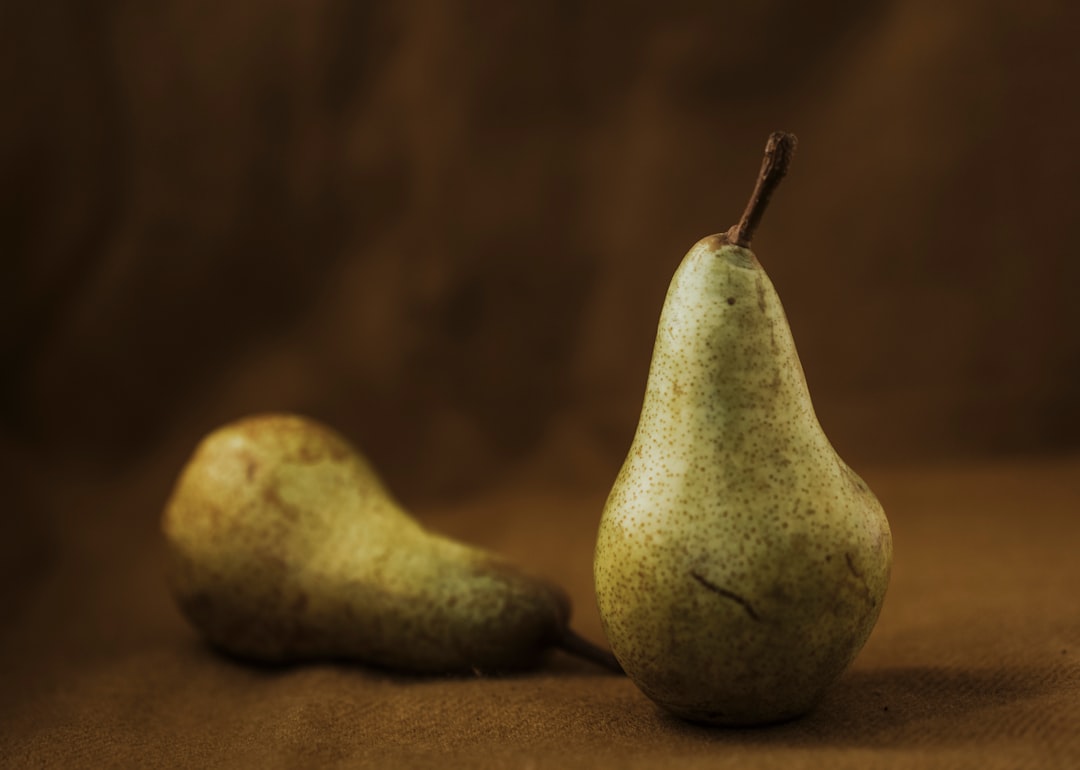
Peel to reduce residues and remove wax; otherwise wash and trim. Pears often carry surface residues and sometimes receive post-harvest coatings, so peeling is an effective way to reduce exposure. If you prefer not to peel every pear, at least scrub them under running water and wipe with a cloth to remove wax and debris. Pears have a tender flesh that holds up well to peeling, and you can use the peels in baked goods or in compost where available to reclaim some value. For older adults balancing nutrition and effort, peeling a few pears at once and storing them in lemon water can prevent browning and make snack prep quicker later on. Store pears at room temperature to ripen, then transfer to the refrigerator to prolong freshness once they reach the desired softness.
10. Bell Peppers — Peel or char to remove outer layer and reduce residues
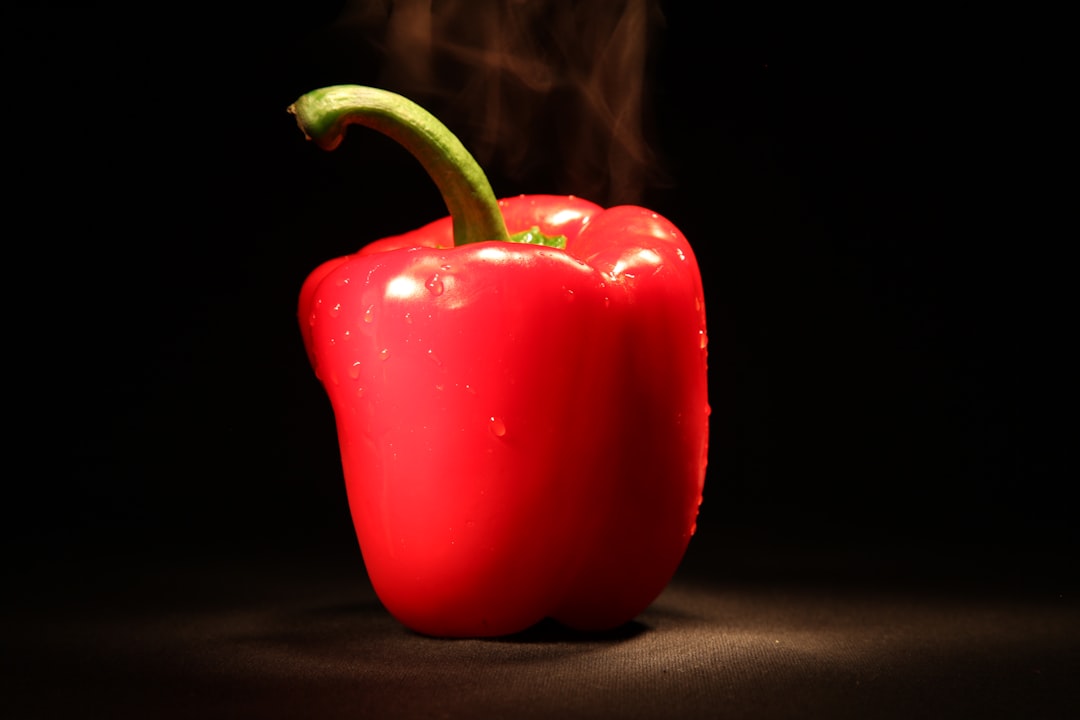
Peel if concerned about residues; otherwise wash and core thoroughly. Bell peppers can have residues concentrated on their smooth skin and often receive coatings that washing doesn’t fully remove. One easy kitchen trick is to char the skin on a gas flame or under a broiler until the skin blisters, then place the pepper in a covered bowl to steam briefly—this loosens the skin so it peels away easily, which removes much of the outer residue. If you don’t have that setup, a firm scrub with a produce brush under running water reduces surface materials and keeps most nutrients intact. For older adults who want crisp peppers without extra prep, buying frozen sliced peppers is a low-effort alternative that avoids peeling while still offering the vegetable’s benefits. Store fresh peppers in the crisper for up to a week and use them soon to preserve flavor and texture.
11. Celery — Trim, wash deeply, or buy organic
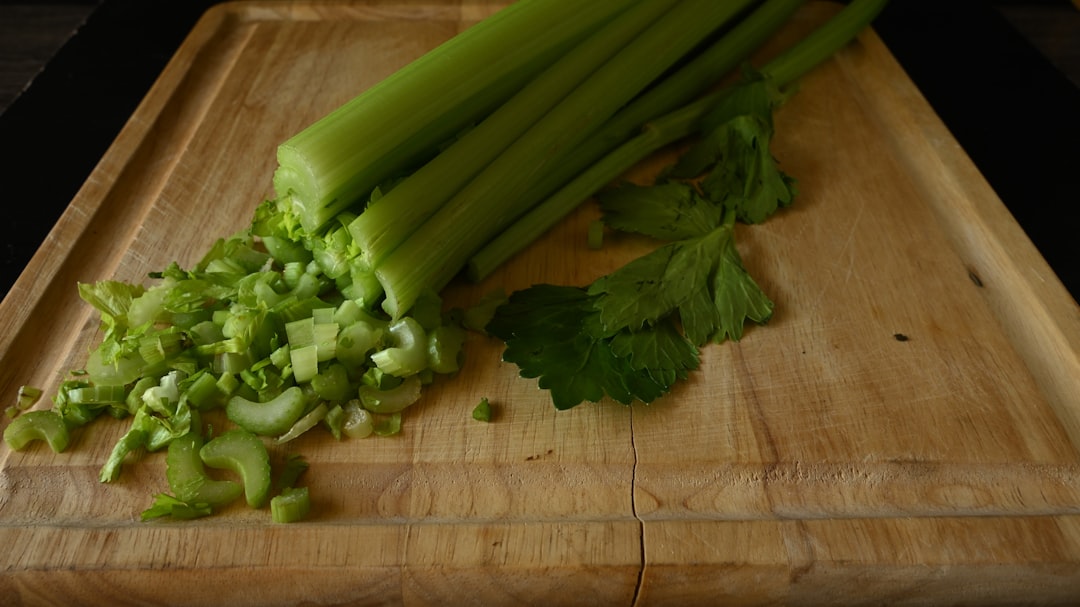
Trim and wash the stalks thoroughly; consider organic if you eat celery often. Celery has long, narrow stalks and ribbed surfaces that can trap residues and dirt; thorough cleaning reduces this risk significantly. Slice off the base and any outer, rubbery stalks, then cut the remaining stalks into sections and soak them in cool water to let grit settle out. A final rinse under running water and drying on a towel gets celery ready for snacking or cooking. For older adults watching time, pre-cut celery sticks are convenient but check packaging dates to avoid paying more for product that spoils quickly. Celery freezes poorly for raw use, so buy smaller quantities and use it in soups or stir-fries if you can’t finish fresh stalks within a few days.
12. Potatoes — Peel to remove soil residues and post-harvest treatments
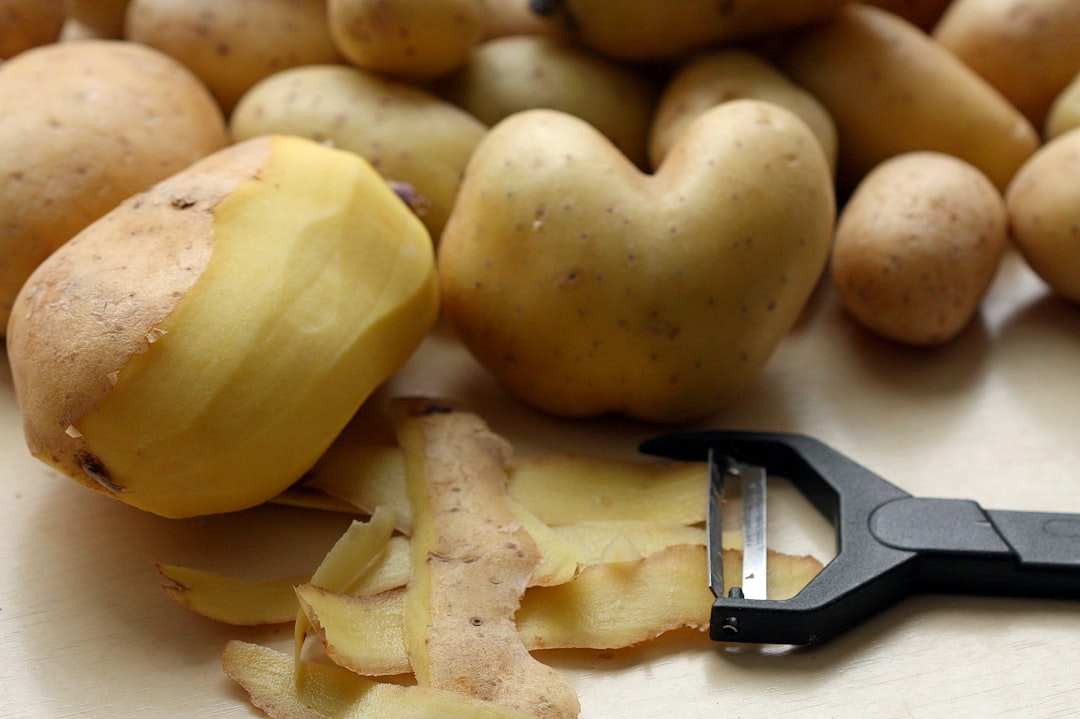
Peel or scrub well; peeling reduces soil and storage-treatment residues. Potatoes grow underground and can carry soil particles and surface residues that remain after washing; they were included in recent high-residue lists, prompting many to prefer peeling. Use a stiff brush under running water to remove dirt, or peel with a sturdy peeler when you want extra assurance. Keep in mind that potato skins hold fiber and nutrients, so weigh the benefit of peeling against losing those nutrients when you can, perhaps reserving peeled potatoes for dishes where texture is important. For older adults, batch‑peel potatoes and store them in water in the fridge briefly to save prep time for the week. Store potatoes in a cool, dark place to keep them from sprouting and to extend their usable life, which helps stretch food dollars.
13. Cucumbers — Peel if waxed; otherwise wash and enjoy
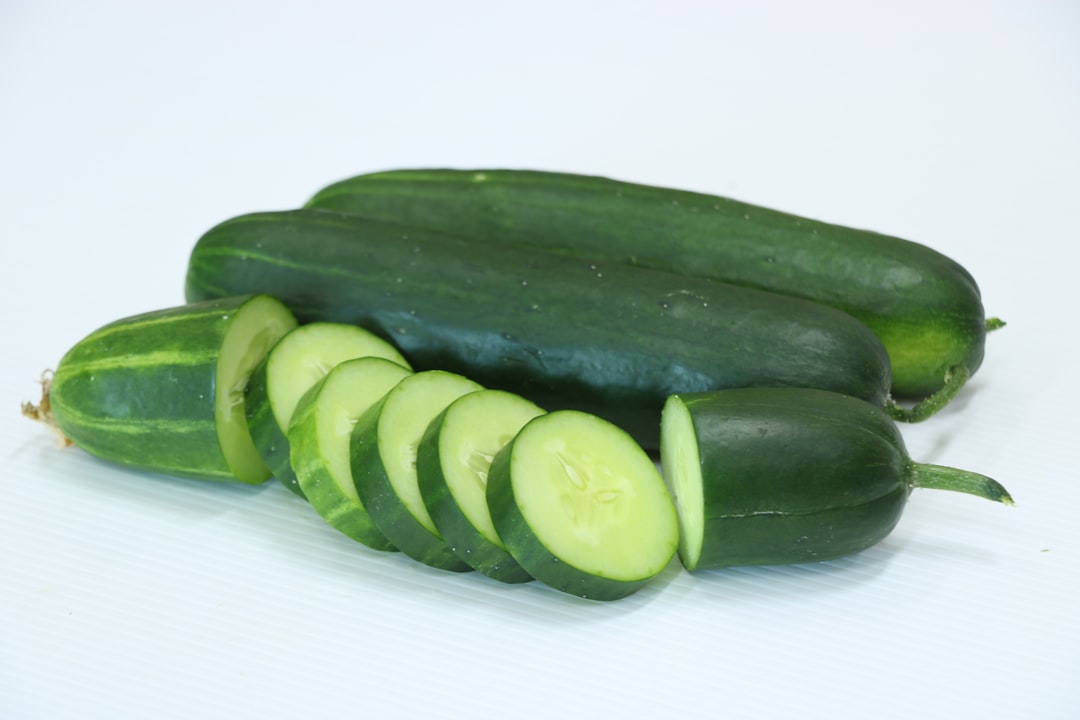
Peel if the cucumber feels waxy or if you’re concerned about residues; wash otherwise. Many conventional cucumbers receive a thin wax coating that extends shelf life and can trap surface residues. Run them under warm water and rub with a cloth or a brush; if the skin still appears shiny or you prefer to avoid any possible coating, a quick peel solves the issue and keeps the interior crisp and refreshing. English cucumbers sometimes come wrapped in plastic and may be less waxed, making them easier to wash and eat unpeeled. For older adults, peeled cucumber slices are gentler on teeth and easier to digest, and prepping a small container of slices in advance makes a healthy snack handy without much daily effort.
Wrap-up: Small steps to keep produce safe and nutritious

Eating more fruits and vegetables remains one of the best choices for long-term health, and you don't need to sacrifice nutrition to reduce avoidable exposures. Using selective strategies—peeling when it gives a clear benefit, washing and trimming thoughtfully, and choosing organic for the items that test highest for residues—lets you keep most of the benefits while lowering surface risks. For older adults, small habits save time and money: buy high-residue items on sale and peel or freeze them, choose organic selectively for frequent-use produce, and use simple kitchen tricks like blanching to loosen skins without wasting flesh. Consistency matters more than perfection; a few mindful steps at the sink or during meal prep will add up across weeks and months. If you have specific health concerns or compromised immunity, consult your healthcare provider about tailored food-safety measures. Above all, keep enjoying a colorful variety of produce—small changes can help you feel nourished, confident, and in control of your food choices.
